|
So, you've watched Back to Eden Film on repeat a dozen times and you're feeling inspired and prepared to grow the best food with miraculous results just like Paul Gautschi. Sounds easy enough, right? While Back to Eden Gardening is in fact easy, when you are first starting a Back to Eden Garden you may experience some unexpected problems on your journey 'back to Eden' that you didn't see in Paul Gautschi's gardens. Please don't be discouraged! When you first start using wood chips you may face challenges but there are solutions! Almost all of the problems faced in Back to Eden growing resolve themself with time. And most importantly, Back to Eden growing technique gets easier with better results every year! Unlike conventional gardening and farming methods require more input and the same intensive labor process every year. Below are some of the most common problems Back to Eden gardeners and farmers may face and our suggested simple solutions. Problem #1: Nitrogen Problems with Wood ChipsDo fresh wood chips or composted wood chips work better in a vegetable garden? Fresh wood chips are any wood chips from tree trimmings that are less than three months old. When you get fresh wood chip loads from tree trimmings you should be able to see green leaves mixed into the pile. Leaves are the wood chip piles primary source of nitrogen. Nitrogen is required for your garden plants to grow healthy, green leaves. Composted wood chips are wood chips that have been composting for at least three months. The main difference between the two is the amount of nitrogen that has undergone mineralization to turn into an accessible nutrient for plants. Understanding Carbon & Nitrogen in Wood Chips Many people claim that neither composted or fresh wood chips are good for adding to vegetable gardens and that they should only be used in pathways or around perennial shrubs and trees. Those people usually go on to explain that this is because they expect the high content of carbon in wood chips to "rob nitrogen from their soil" and thus hurt their veggies and plants growth. This has been proven to be simply not true! Wood chip piles do contain enough nitrogen to break down and supply nitrogen for your vegetables. When the leaves and chipped wood branches break down the nitrogen and carbon turn into a healthy compost. The ratio of C:N varies greatly in each wood chip pile. Some researchers claim wood chips contain an average of 200:1 ratio of carbon to nitrogen. This would mean nitrogen would benefit from being added. However, a scientific study on the effect of wood chips on fields of crops that the addition of wood chip mulch did not cause the soil to show nitrogen deficiency even in the first year. In other cases nitrogen was found to be 'tied up' during the decomposition phase of the wood chips during the 3-6 months. But after the first year of decomposition the nitrogen would be released back into the soil naturally. Carbon affects the chemical and physical properties of the soil, such as water infiltration ability, moisture holding capacity, nutrient availability, and the biological activity of microorganisms. The addition of carbon and nitrogen to our soils are essential to building healthy, fertile soil and regenerative food growing systems. How Do I Avoid Nitrogen Problems in My Wood Chip Garden? Fresh wood chips usually benefit from an addition of nitrogen to get your garden started. Adding fresh wood chips to your soil will tie up nitrogen on the very surface of the soil initially. Nitrogen deficiency in the soil causes plants growth to be stunted. Signs of nitrogen deficiency usually include yellowing leaves and wilting. This is why we recommend using composted wood chips if you want to grow vegetables in your wood chip garden immediately. Paul Gautschi uses composted wood chips that have been screened before he adds them to his vegetable garden. Additionally, he adds composted chicken manure to fertilize his vegetable garden. Paul does not add fresh wood chips to his home vegetable garden. He only adds fresh wood chips to his orchard. However, Paul Gautschi also has a second property which is also featured in Back to Eden Film about 15 minutes from his home where he allows tree services to dump loads of fresh, unscreened wood chips. His veggie and fruit gardens on his second property that uses fresh wood chips grow with just as amazing results as his home garden. This is because after applying fresh wood chips to any soil for many years, the growing medium of your plants will be in the composted wood chips below the freshly added wood chips. If you add fresh wood chips to your soil and want to plant in them in the first 3-6 months, you will need to add an organic nitrogen source such as Compost, Blood Meal, Kelp, Composted Chicken Manure, Composted Horse Manure, Bat Guano, or Fish Emulsion. Using fresh wood chips without the addition of compost, composted animal manure, or organic nitrogen fertilizers can lead to vegetable growth problems, initially. Again, the nitrogen levels will naturally improve with time even without the addition of fertilizer. See the photo below, on the left are beans growing in compost with fresh wood chip mulch and on the right are beans growing in fresh wood chip mulch without compost added. The leaves are turning yellow on the beans growing in fresh wood chips indicating a lack of nitrogen. If you see leaves turning yellow in your garden, you have a nitrogen deficiency in your plants and will need to add a source of nitrogen. Most of us don’t have access to already composted wood chips from tree trimmings. Usually Back to Eden Gardeners end up getting fresh wood chips dumped at their properties and often begin laying them down on the soil as soon as possible. However, many Back to Eden gardeners have proven that issues with nitrogen deficiency naturally disappear after 3-6 months of applying fresh wood chips onto a vegetable garden or orchard. Wood chips added annually experience decomposition and integration of carbon happening throughout the year thanks to earthworms. Before you know it nitrogen will be fed to your plant roots by microbes and fungi.
Problem #2: Not All Wood Chips are the Same QualitY Almost all wood chips are beneficial to use in vegetable gardens, orchards and farms. However, wood chips can be a difficult mulch material to analyze due to the many uncommon denominators in the size, tree variety, and quality of tree trimming waste. No two deliveries of fresh wood chip mulch will be exactly the same. Hardwood vs. Softwood Wood Chip Mulch The most important factors that will vary in wood chips for gardening include the types of trees used and the content of leaf matter vs wood matter. The species of tree your wood chips come from will affect the amount of time it takes to break down into compost and what naturally occurring chemicals it releases into your soil. Hardwoods are deciduous trees that have broad leaves, produce a fruit or nut and generally go dormant in the winter. North America's forests grow hundreds of varieties that thrive in temperate climates, including oak, ash, cherry, maple and poplar species. Some people think using any types of hardwoods as a wood chip mulch in gardens will kill plants. This is not the case. In fact, according to a study conducted by Cornell University comparing vegetable growth in fields covered with hardwood wood chips vs. fields without wood chips or with cover crops. The results were consistently better when using wood chips! In fact, the scientists were surprised to find that Nitrogen was not depleted even during the first year of decomposition of the Carbon heavy wood chips. How can you tell the different between a hardwood and softwood tree? Hardwood trees the seeds are enclosed in ovary structures like a fruit, such as an apple, or a hard shell. Hardwood trees also tend to have more full appearing leaves, not needles. Softwoods come from conifer trees, or cone-bearing trees. North American softwood species have needle-shaped foliage and have "naked" seeds, not contained by a fruit or nut. Where Paul Gautschi lives on the Olympic Peninsula of Washington conifer trees are prevalent in the forests and surrounding his property. We can assume that a large amount of softwood varieties are likely present in the wood chips Paul often has access to. However, Paul successfully uses a large variety and of hardwood and softwood varieties of trees in his gardens and orchards. Both varieties offer similar benefits in vegetable gardens and primarily differ in their decomposition rate. Soft tree wood chips are nice if you are just starting a garden because they decompose faster. But hard wood chips will provide a slow release for a longer time and not need to be added on as often due to slower decomposition. Take note, the decomposition rate of wood chips is greatly effected by the size the chips are chopped up to and the amount of leaf content in a load. TYPES OF TREES TO NEVER USE IN WOOD CHIP GARDENS One of people first concerns when receiving a delivery of fresh wood chips is what type of tree am I getting. There are in fact some types of wood chips that will actually suppress seeds and plants from growing. Some trees generate naturally occurring chemicals that stifle the growth of competing seeds and seedlings. This process is called allelopathy. By definition, allelopathy is a biological phenomenon by which an organism produces one or more biochemicals that influence the germination, growth, survival, and reproduction of other organisms. These biochemicals are known as allelochemicals and can have beneficial (positive allelopathy) or detrimental (negative allelopathy) effects on the target organisms and the community. Some varieties of trees to avoid using in your vegetable gardens due to their seed germination suppressing allelopathy include Black Walnut, Eucalyptus, Pepper Trees, Tree of Heaven and possibly Cedar. The studies testing the effects of the above mentioned trees on inhibiting growth found that not all plant species growth were stunted. Some of the allelopathy effects only target the suppression of certain plant species growth. However, it is important to ask, what type of tree was chipped up? Don’t use bark nuggets, sawdust, or treated and dyed landscaping wood chips for your vegetable garden! None of these materials will provide the paper ratio of carbon to nitrogen to build healthy compost. You will likely see yellowing leaves of plants, wilting and stunted growth when you use one of the materials as a mulch due to the lack of sufficient nitrogen, nutrients and biodiversity. In Conclusion: When you look in nature or take a walk in the forest, you will notice a diversity of leaves and branches covering the soil. When we talk about using wood chips in your garden we are referring to tree trimming waste made up of 90% branches and leaves. When using the ChipDrop App make sure you indicate in your free wood chip request any types of trees you don’t want delivered. I always make a note that I am using the wood chips in a vegetable garden and would prefer finely ground wood chips without logs. Problem #3: Back to Eden Gardening TAKES TIME
It’s important to remember that Paul Gautschi started adding wood chips to his gardens and orchards decades before we showed up to film the documentary BACK TO EDEN (2011). You should expect to allow your wood chip mulch in your garden bed to compost in place for several months before seeing soil improvements. Benefits you will see immediately in wood chip gardens include less watering, less weeds, and less soil erosion. However, if you have access to already composted wood chips, you can add a layer of 3-4 inches of composted wood chips before covering it with fresh wood chips for immediate growth benefits. If you don't see Eden in your backyard immediately, don't give up, it takes time! Remember what Paul says in Back to Eden Film? "I always go to that Scripture where God says, It's good for man to bear the yoke in his youth. God is saying upfront, if you're going to have anything of value you've got to work for it, but He says if you do it the right way you want to do it early on, do the work upfront, and if you've done it right over time it will produce for you. And this is what I think is so neat about the wood chips and God's way." If you are adding fresh wood chips with the addition of any organic nitrogen rich fertilizer and keeping your soil covered you will see incredible improvements after just one growing season. Fresh wood chips can be used in your garden as mulch immediately. However, adding a layer of composted material below them and some organic nitrogen fertilizer will help the wood chips benefit your garden more immediately. If you can find or create composted wood chips they will offer the accessible nutrients for vegetables immediately. Make sure to seasonally add a layer of visible wood chips on top of your composted wood chips material to experience the most benefits of mulching. A healthy compost ratio is usually 30 parts carbon to 1 part nitrogen. Look at your wood chip pile and if it looks like there aren’t enough leaves (nitrogen), add more leaves, manure, or organic fertilizer to help them break down. Problem #4 Find Free Wood Chips Near ME Getting good wood chips can test your patience. It can require persistence to find wood chips. As the Back to Eden Gardening method continues to grow in popularity, so has the demand for free wood chips from tree trimming service companies. We recommend signing up on ChipDrop App to request a free load of wood chips several months prior to really needing a wood chip delivery in your garden. ChipDrop was created by a tree service professional who watched BACK TO EDEN and decided he wanted to help gardeners get access to free wood chips. After ten years of getting loads of wood chips from different tree trimming services we have learned a lot about the diversity in the quality of the wood chips. We’ve used everything from composted piles found on the side of the road to massive dumps of fresh wood chips made of huge corse tree trimmings. If you don’t get a delivery using ChipDrop, search on Yelp for tree trimming services and send a message to all local tree trimming businesses near you with one click. Make sure to mention you will pay for them ($20-$40) to drop off wood chips at your property and this will save them time and money having to dump their wood chips at a landfill. It’s worth the price when you consider you'll pay $10/bag of mulch at the local nursery. Remember to make notes of your preferences and follow up with a quick phone call to explain the details of your needs for best results. Problem #5: Wood Chips Spread Pathogens and Disease It’s important to also ask if the trees that were chipped were diseased or sprayed with herbicide. It is extremely rare to find that trees have been sprayed with herbicide but important to ask. According to a study conducted by the University of California, “If you chip and allow mulch to dry out before use, most plant-pathogenic bacteria and viruses and many fungi that infect the branches, flowers, fruit, leaves, and twigs of trees and shrubs will not spread in the mulch. Likewise, most wood decay fungi that affect the upper trunk and branches do not survive in chipped, thoroughly dried wood.” If you get a pile of wood chip load contains too much large debris or is from uncertain origins allow the pile to compost in place for a season before using it. Wood chip piles will reach over 140 inside while composting. This process will also help purify the wood chip compost from any disease or contaminates that may be present in the tree. Make sure to wet any wood chip pile occasionally to help it compost and prevent overheating. More is always better right? Not necessarily. Using too much than 4-6 inches deep of fresh wood chip mulch on your vegetable garden could cause growing problems in some plants until it sufficiently breaks down. Volcano mulching is when someone piles a huge mound of mulch at the base of a tree trunk, causing the base of the tree to rot from lack of oxygen. When too deep of a layer of wood chip mulch is surrounding the base of plants in your garden the stem or root system can rot due lack of oxygen and too much moisture. Too much moisture in the soil caused by excessive mulching can also make your plants more likely to contract fungal diseases or burn the plants roots while they compost in place. Lastly, if you plants that are having trouble reaching the soil below the wood chips their growth will be stunted. Adding organic nitrogen fertilizer can help in this case. In conclusion: It’s best to stick to 4-6 inches deep of wood chip mulch on your vegetable gardens. For the first few years add another layer of 4-6 inches every fall and as needed. You can add thicker mulch in an orchard or around perennial plants in your garden as long as you leave some air space surrounding the base of the plant or tree to avoid root rot or trunk rot. Problem #6: Planting Seeds in Wood Chips Is DifficulTWood chip mulch hides sunlight from the soil preventing many weed seeds from germination. The same can be true for some types of vegetable seeds if you plant beneath thick wood chip mulch. Especially small seed varieties like carrots, broccoli, cauliflower, oregano can be difficult to germinate when underneath a thick layer of mulch. On the other hand, vigorous weed seeds and many hardly plants like squash will have little difficulty pushing their way up through the wood chips on their own. A common issue when raking away the wood chips for planting seeds is when the mounds of chips pile up on the sides of the seed furrow, you walk away thinking you’ve done such a great job taking extra care for your seeds and you come back a few days later to find wood chips covering your carefully cleared rows. After all, the bare soil wants to be covered by nature’s design! Gravity, wind and watering will easily cause wood chips to cover a narrowly cleared area of soil and prevent sensitive seeds from growing.
Composted wood chips can be planted in more easily since the wood chips are not corse and thick enough to bury the seed before it sprouts. You can add some compost directly to your rows before planting to prevent the wood chips from burying the furrow made in the wood chips. It’s also beneficial to add composted fertilizer to your garden before planting to improve growth. Allow the seeds to all come up and reach 2-3 inches in height before side dressing them with the removed wood chips. If your seeds are not germinating well in place try seed starters to transplant into your garden after they reach at least 2 inches or roots are established. Make sure when you transplant the wood chips will not bury the base of the plant until it is well established. A trick for preventing small seeds like carrots from falling into the soil or wood chips too deeply to grow is to play a layer of toilet paper down in the furrow, add about an inch of compost to the top of the toilet paper, surface sow your seeds and then water to keep the paper from moving. All of these challenges with geminating seeds in wood chip gardens will be eliminated with time as your soil improves. You will find yourself able to grow anything easily the longer you have been growing a Back to Eden Garden. For improved seed germination in your wood chip gardens remember to add your wood chips to your garden in the fall or winter so they have time to break down instead of waiting until the spring. When plantings seeds in any type of mulch, wood chips straw, grass clippings, leaves, cover crops, the same tips apply to improving seed germination in your no-dig garden garden or regenerative agriculture farm. Problem #7: Garden Pests in Mulch Some people experience challenges with increased insects or tunneling pests when they first start their Back to Eden Gardens. After all, you just turned a barren desert-like environment into a lush life-giving Eden, flourishing with nutrient dense plants, soft soil, beneficial microorganisms and an abundance of growth! People and animals alike will likely notice your gardens. How you treat these problems can be a personal preference but a lot of these problems will resolve themselves when you learn to restore balance to the garden environment. As Paul Gautschi shows us in his gardens and orchards, when your plants are in good health they will be able to naturally fight off the occasional damage from insects and even the occasional animal damage. Even though a thriving Back to Eden Garden may see signs of minor damage from slugs, aphids, squash bugs, etc. the plants will be strong enough to survive abundantly due to their healthy ideal growing conditions. In a garden environment that is in balance you will see very few occasions of any out of control infestation that cause significant damage to your plants. This took me a long time of trial and error and speaking with other Back two Eden Gardeners dealing with pests to fully wrap my mind around. I understood it in theory but did not comprehend how to make my plants healthier and keep the pests from killing them aside just adding more wood chip mulch and organic fertilizers to the soil. Now I understand that many factors play into creating a balanced Back to Eden Garden with healthy, hardy plants including humidity, too much or too little moisture in the soil, lack of nutrients and minerals, too much raw material in the garden. All of these problems are of course caused by us as humans interfering with the environment improperly instead of mimicking the design of nature. Trying to mimic nature can be challenging! It’s easy to overwater because people do not take the time to reach down into their soil below the wood chips and touch it to see how wet it really is! The mulch on top can appear to be very dry even when it’s very damp below. Too much moisture again causes rotting in plants and therefore attracts more insects to your plants when they begin showing symptoms of weekend immunity. If you see a plant with an infestation try to understand the root of the problem. Plan your garden plot carefully so that only seeds needing to germinate are getting watered regularly until they sprout and not your established plants too that do not need watering. In conclusion, water less, add fully composted wood chips to avoid attracting insects that feed on raw organic matter like slugs, snails, and roly-polies. There are some OMRI certified, natural insect control methods that are deemed safe for use in organic gardens.
In conclusion: To avoid insect and pest problems in Back to Eden Gardens: 1. Don’t overwater to avoid attracting harmful insects! In fact, if you live in many climates you don’t need to water at all unless your germinating seeds! “I realized that Texas provides enough rain for all our native food producing plants I decided to give it a try (Back to Eden Gardening). And I'm so glad I did! This one 15x20 garden gave us over 1500 pounds of food without a single drop of water from us, and when temperatures were well into the 100s!” - A Modern Homestead 2. Don’t add too much raw material during the growing season. Add sufficiently composted material. Insects are attracted to organic matter and green waste. It’s part of their job to feed on cellulose and fiber from vegetable scraps, leaves, plants, wood. In fact, insects and beneficial bacteria actually help break down cellulose like raw wood chips into compost. However, when you add too much fresh wood chips or even vegetable compost that hasn’t fully decomposed, the insects will crawl in like a magnet to feed on the raw organic material. Adding a layer of raw wood chips that is 4-6 inches is usually not enough to attract a ton of insects on its own. But when combined with excessive moisture, compact soil without drainage etc. 3. Don't overcrowd when planting. This can cause plants to be more prone to excessive moisture and decomposition which can attract insects which can in turn attract animals. 4. Don't use toxic pesticides! Like Paul Gautschi always says, it's best to treat the root of disease not the symptoms. Think about what this means. Its easy to ignore what is causing a problem and just attack the symptoms of it relentlessly without ever resolving the problem! For example a slug infestation happens in your garden. Find the cause. Water less. Rake away debris to allow soil to dry from excessive moisture or attractant food for the slugs. If you must reduce the population, do it naturally using Neem Oil sprayed on your plants. An old DIY trick is to place a small cup with beer placed flush with the soil surface. The slugs will down in it. BACK TO EDEN GARDENING WORKS!Back to Eden Gardening is simple and sustainable. Even though the wood chip mulch you use many vary in the time it takes to break down and the ratio of carbon to nitrogen it contains depending on the source of the wood chips, the end results of the gardening method are consistently beneficial. The most important rules to remember in Back to Eden Gardening are 1) the goal is to build healthy soil 2) have a wood chip covering on top of the soil will help achieve improved soil with time 3) adding organic Nitrogen or compost to fresh wood chips helps provide more immediate benefits 4) Don’t bury the soil so deeply that your plants roots can’t access it. If you follow these rules, you will not only have a successful Back to Eden Garden. Cover it with just enough compost and wood chips to improve the soil slowly while allowing your plants roots to grow in the soil below the mulch. As Back to Eden gardeners we tend to forget that the soil is the ultimate food source for our vegetables and trees and we are simply trying to help improve the soil by covering it with wood chips. It’s easy to forget about the soil when we don’t see it below the wood chip mulch! Results in a properly installed Back to Eden Garden are significantly better than tilled gardens and farms. Just remember to check in on the soil regularly and adapt your fertilization and irrigation practices based on the condition of your soil.
|
AUTHORSCategories
All
|
BACK TO EDEN GARDENING |
JOIN THE MOVEMENT |
CONTACT US |
© 2022 Back to Eden Film. All rights reserved.

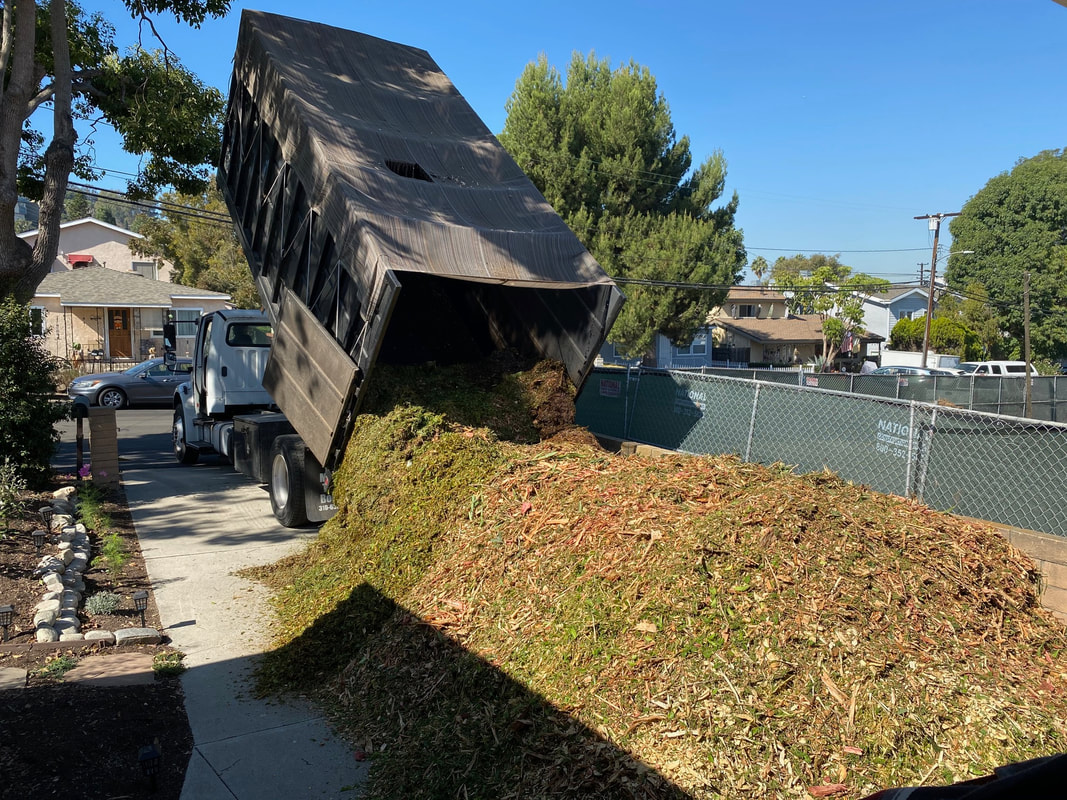
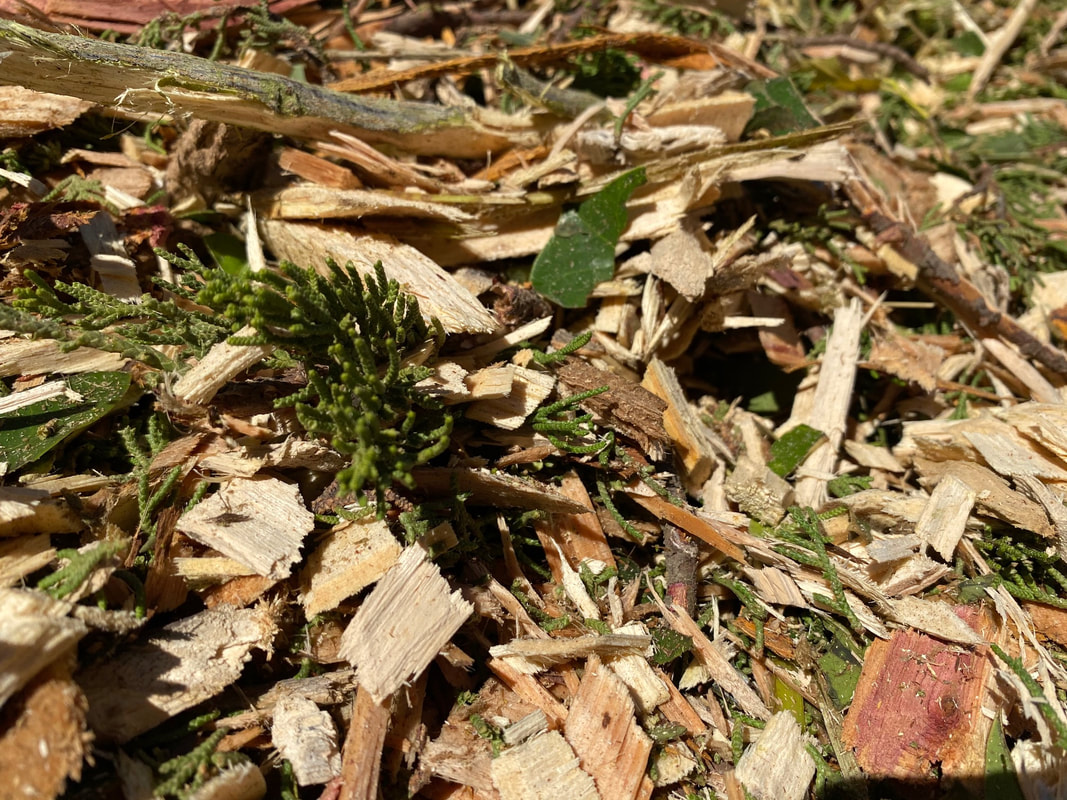

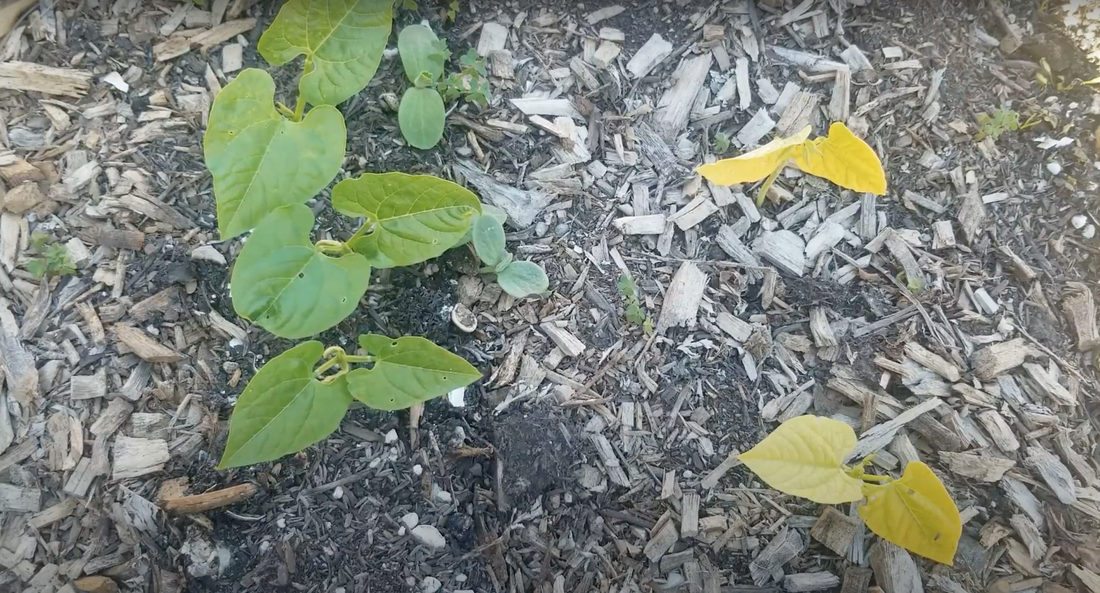
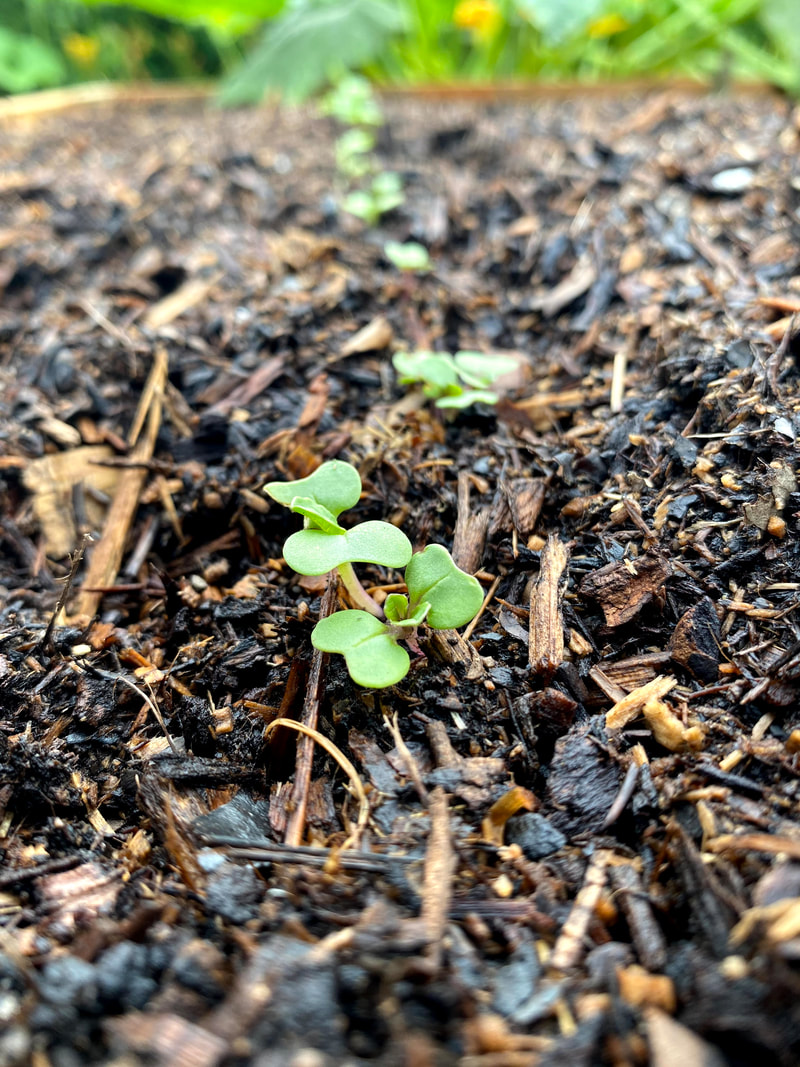
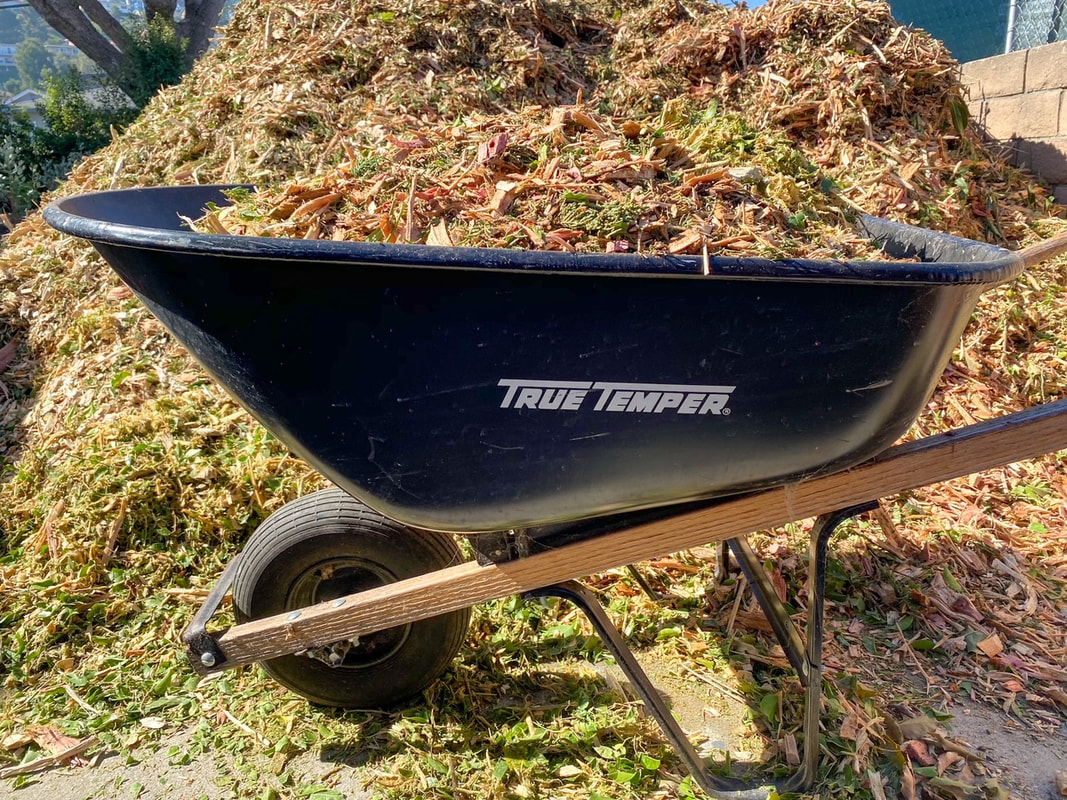
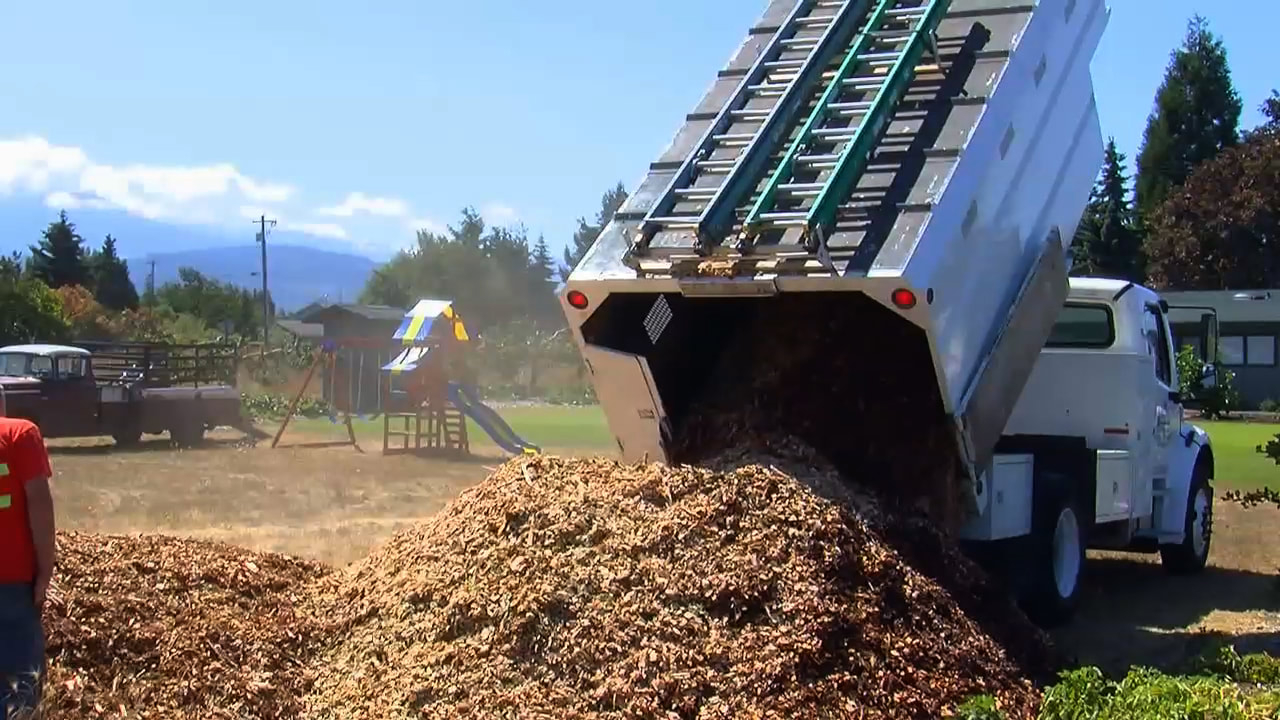
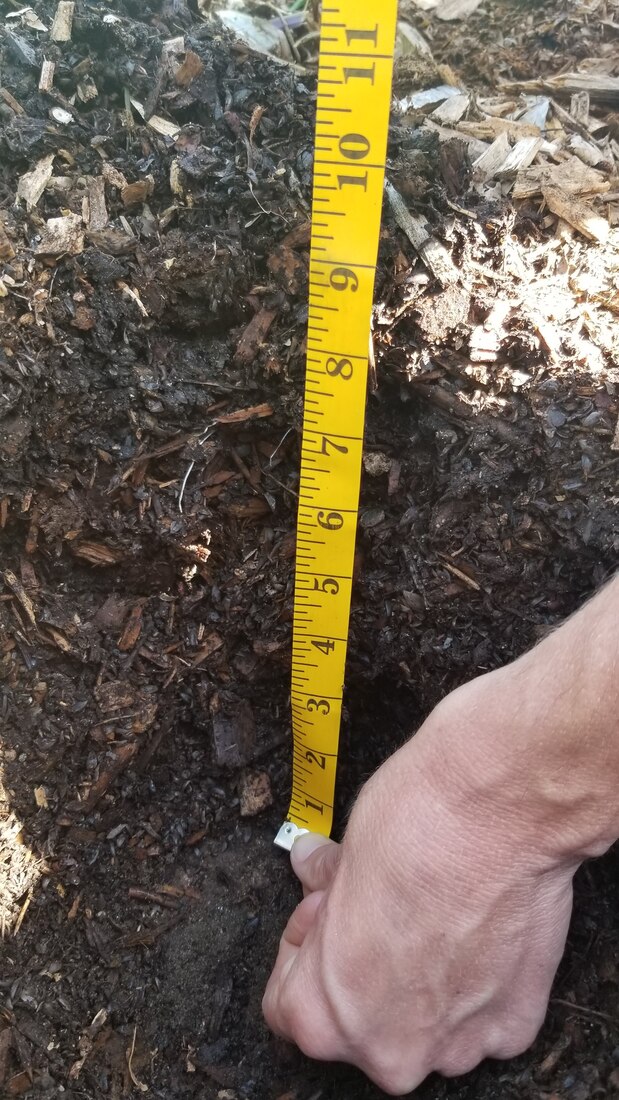

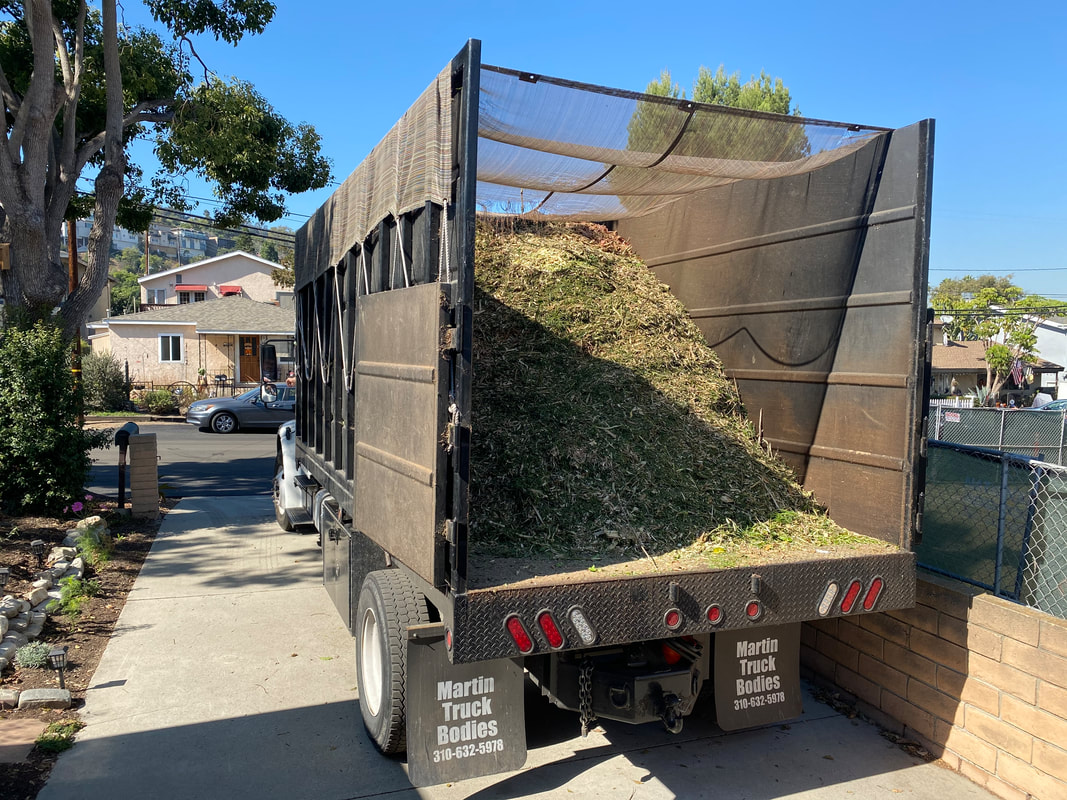
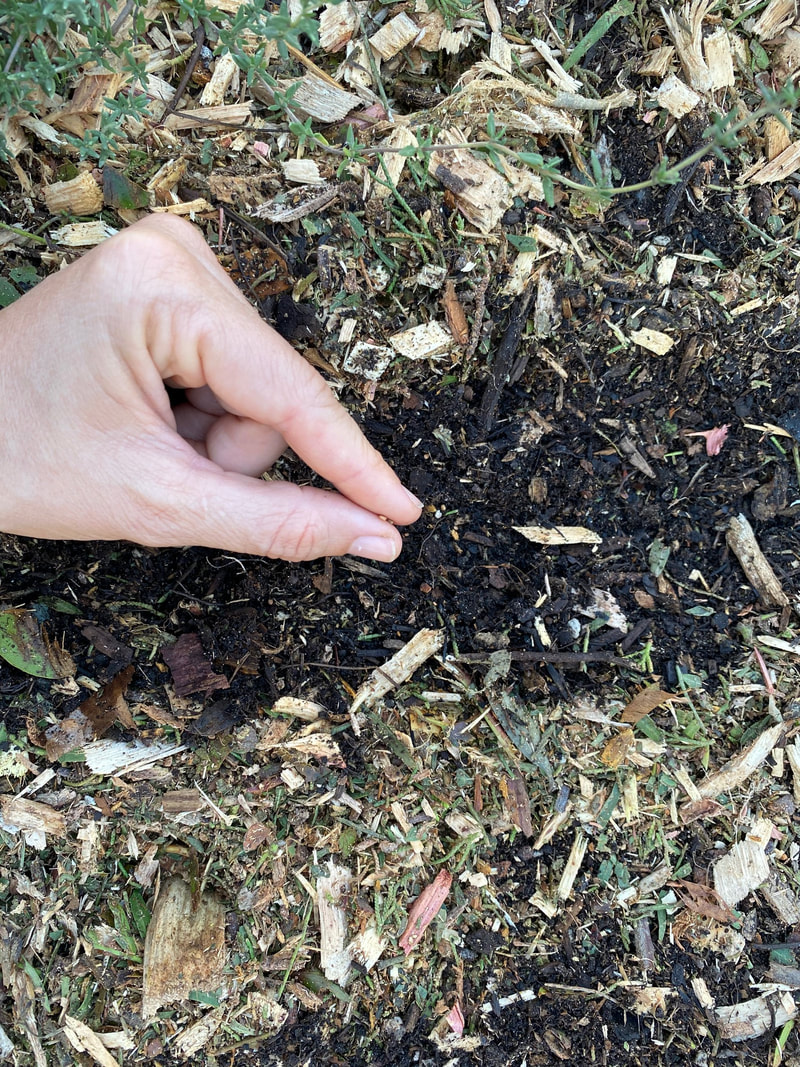
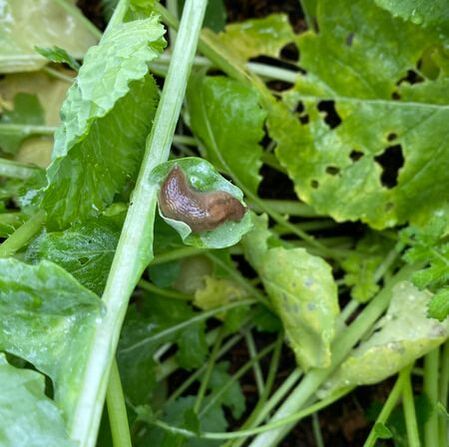
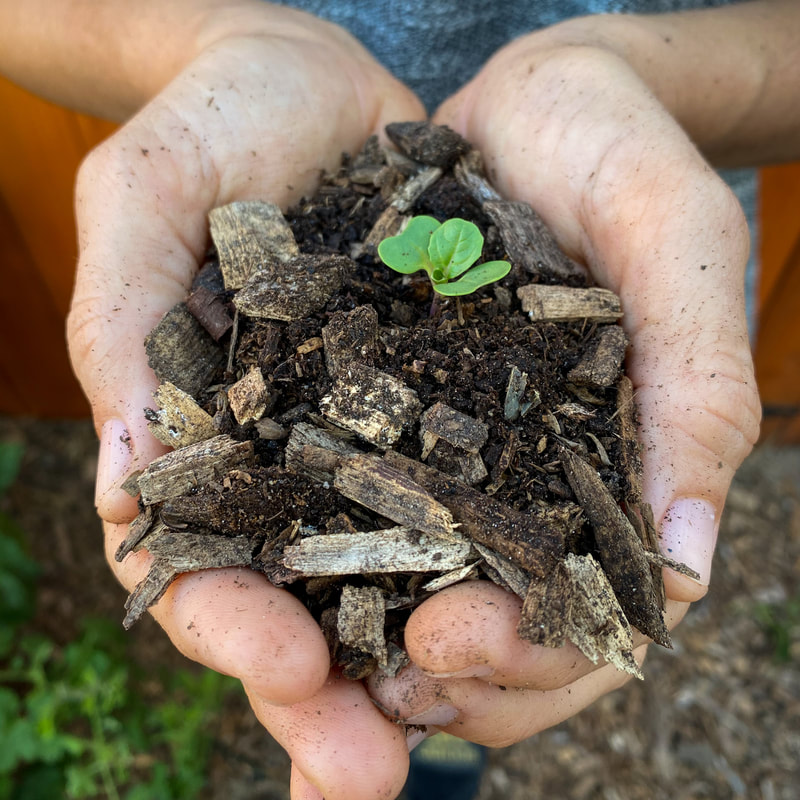

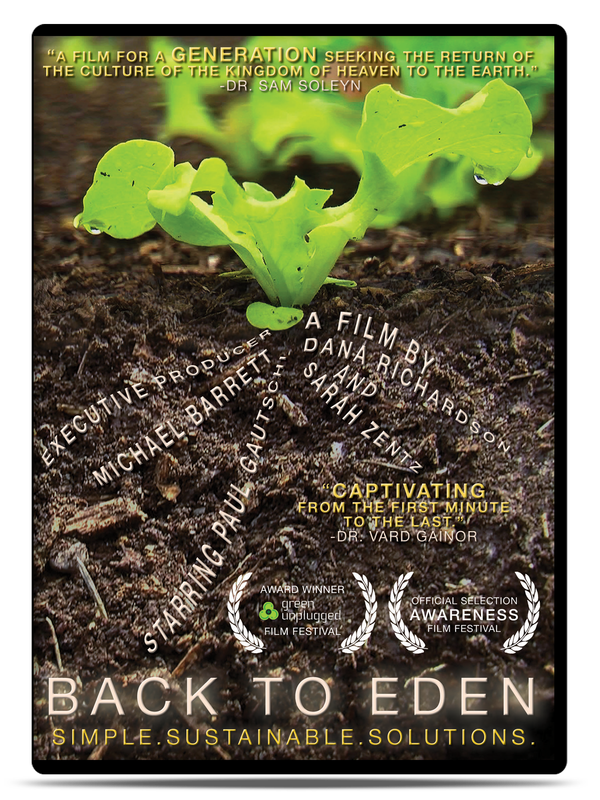

 RSS Feed
RSS Feed